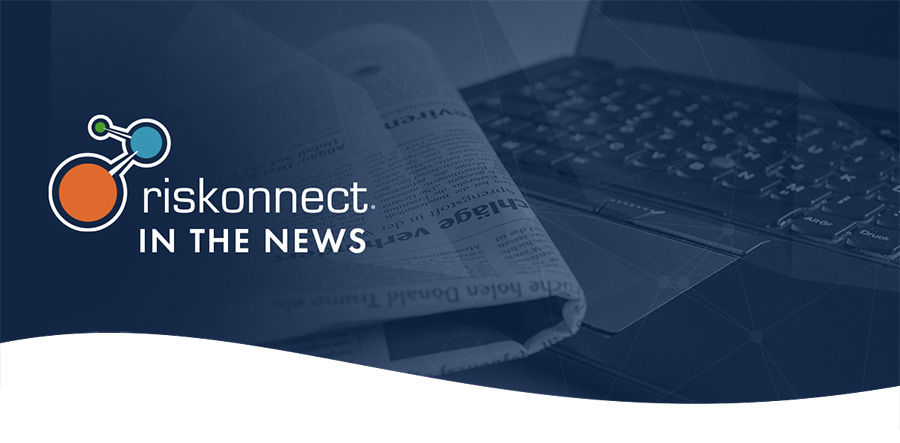Supply Chain Digital, April 28, 2022
Riskonnect’s Keith Fortson on why supply chain risk management is teaching organisations some harsh lessons and why controlling risk is all-important
Tell us about your role at Riskonnect.
I work as part of our strategy and innovation team. My primary role is to talk with companies across various industries and help connect the dots in terms of how regulations, compliance issues, and more can all be applicable to ESG.
How do you help clients manage supply chain risk?
Supply chains have become more global and incredibly complex over the past decade. There was a mass optimization movement, whereby many companies moved their supply chains overseas to cut costs.
Then COVID-10 hit and highlighted the drawbacks of that approach. Many businesses did not have the resilience they once had. If a business focuses its manufacturing operations out of a single location or port, the entire supply chain can be interrupted if there is even just one incident.
Organisations also face ESG issues such as forced labour in their supply chains, which can lead to reputational issues. There are also new regulations and compliance considerations, and geopolitical tensions. We help organisations anticipate and manage all these risks.
Can you help avert risk from the war in Ukraine?
A big part of what we do is help organizations improve transparency across third parties and the supply chain. This is key in situations such as what is going on in Ukraine right now.
Most companies have a clear sense of where their tier one suppliers operate, but tiers two and three suppliers are virtually unknown.
Our solution provides deep analytics the identify where risks and dependencies lie so organisations can make the best decisions possible.
Read the full article in Supply Chain Digital >>


